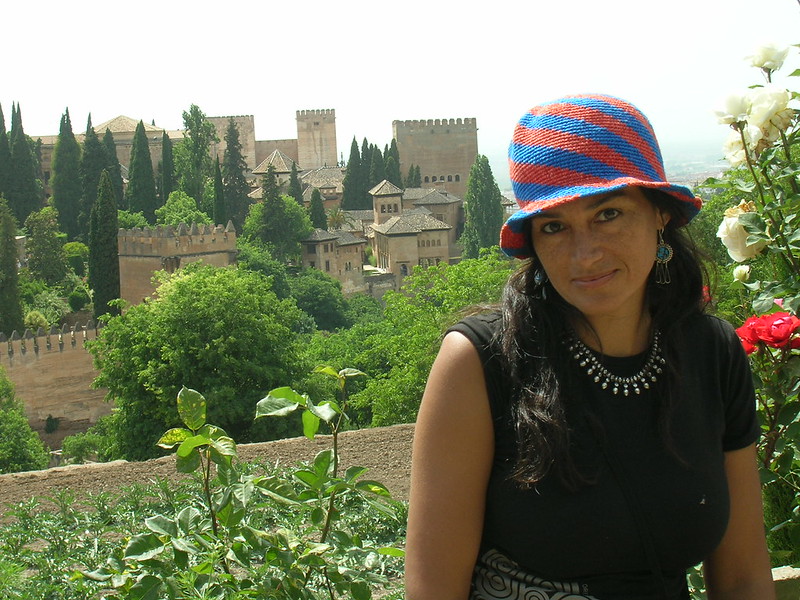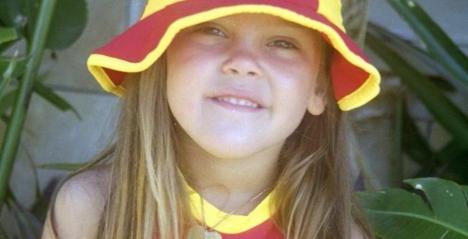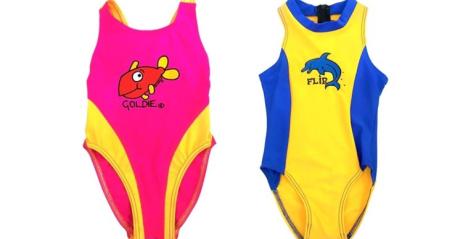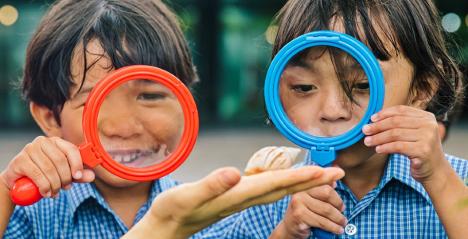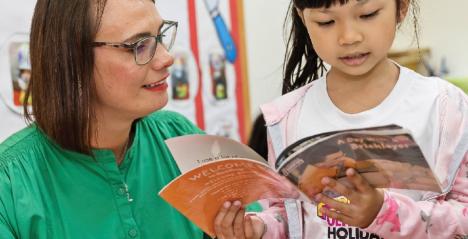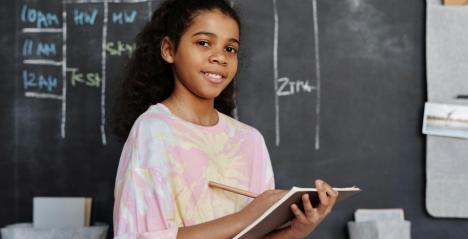Named after a small town in Italy, the Reggio Emilia approach to education has changed teaching methods and perspectives around the world. Unlike slightly more structured teaching approaches which involve certain sets of materials or guidelines to achieve a specific skillset, the Reggio approach is more of an open-ended idea where inspiration is what drives the curriculum.
The core of the Reggio philosophy celebrates a child’s innate curiosity and diverse ways of expression. Using those traits as the fuel for a child-directed style of learning, children are free to build, investigate, communicate and problem solve to their heart’s content.
Interest-driven and project-based learning
Perhaps one of the most important things that sets Reggio Emilia apart from others is its hands-on, project-based approach to learning. Its founder, Loris Malaguzzi, believed that children express themselves and use their senses in a multitude of ways, including through art, drama, dancing, movement and music. Diversity should be cherished as part of a child’s individual expression. As such, the role of the parent or teacher is focused on listening to the child’s questions, stories and curiosities, and building learning experiences around them.
For example, if your kiddo becomes curious about animals and insects, why not look for a caterpillar in your garden and care for it until it becomes a beautiful butterfly? Turn their insect interest into a project which encourages them to document changes and note new things they learn with photos and short write-ups. This hands-on activity will not only spark their curiosity, but also teach them the values of patience and kindness as they nurture their project.
Reggio Emilia environment
Enter any Reggio-inspired space and the first thing that you will notice is how it ‘feels’ – colourful, inviting and natural. The space in which our little ones spend their time is believed to be crucial to their learning and exploration, so much so that the Reggio-environment is endearingly termed the ‘Third Teacher.’
Beautiful spaces play a crucial role in the Reggio approach. They are often filled with items that promote problem solving and encourage creativity, rather than direct it. Comfy corners with beanbags or pillows are also common. Having a safe and welcoming space helps children feel secure and confident when exploring and learning.
Contrary to popular belief that you need to invest a hefty sum into furnishings, the Reggio approach encourages filling your space with wallet-friendly baskets of items such as building blocks, colourful fabric scraps, mosaic glass tiles and different sized containers. Materials from nature, like sticks, pebbles and seashells integrate a sense of the outdoors into the space and entice children with their different textures and colours. The most important aspect of these items is their open-ended nature, as the child is empowered with the freedom to interact with these learning materials and to express their creativity with as little restriction as possible. You would be surprised at what you can get up to with little bits and bobs! Building a marble maze or constructing an elaborate castle for a princess – who knows where it will lead you and your bubs?
Embrace mistakes
As we interact with our environments and experiment with new things, we are also bound to make mistakes. Instead of punishing those mistakes, the Reggio philosophy encourages us to embrace them as the part of the overall learning process about how the world works. Remember, we’re all students for life – explore and learn alongside your children for an even more enriching experience!
So, when you or your little one slips up, take the Reggio approach and don’t sweat it. Instead, think about what the both of you can take away from it; perhaps you may learn something new and forge stronger relationships with your little ones. The Reggio approach teaches us to view learning as a constant work in progress and to never lose our wonder for the world.
Brought To You By Integrated International School IIS





